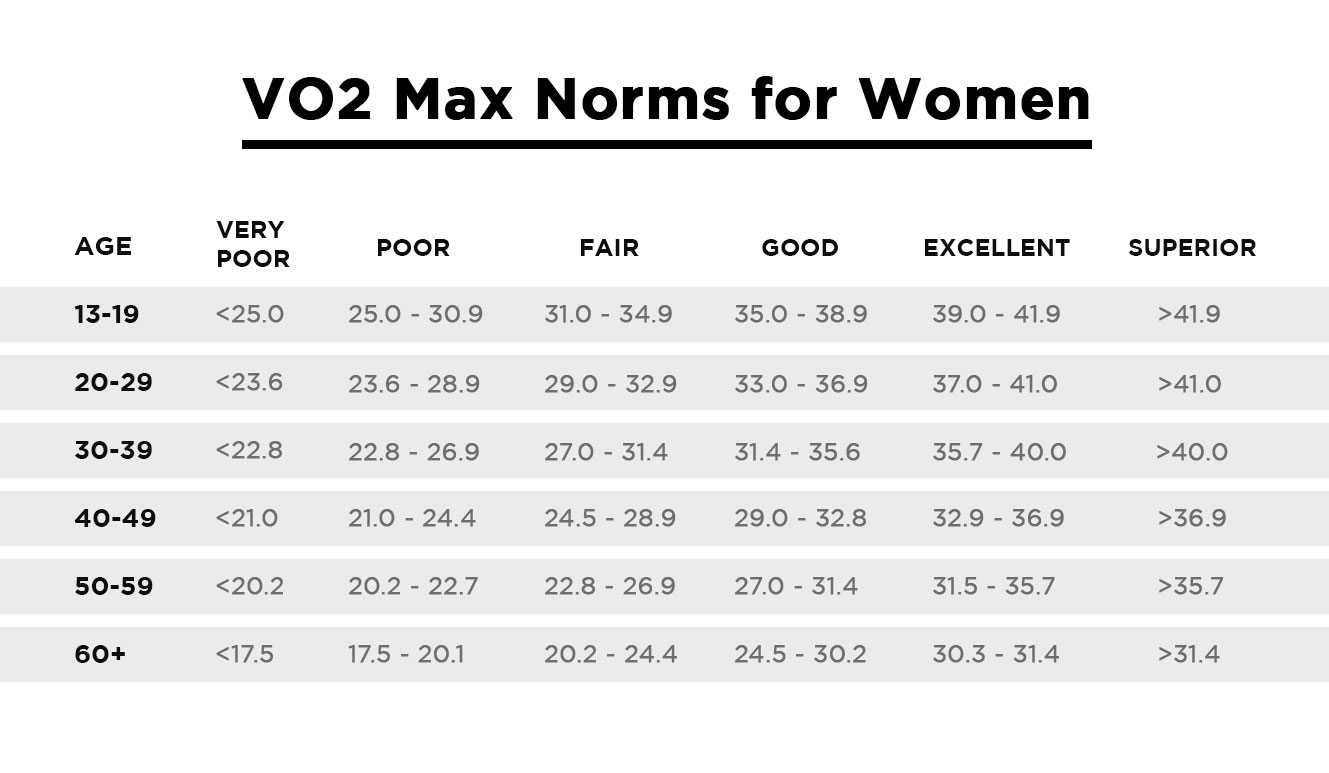
The only runners we know for sure were among the subjects are Kipchoge and his fellow Breaking2 finalists, Zersenay Tadese and Lelisa Desisa. All were drawn from the global pool of Nike-sponsored runners, with a particular focus on those with half marathon times that suggested the ability to handle two-hour pace. The runners were “predominantly of East African ethnicity,” with average bests of 1:00:04 for the half marathon and 2:08:40 for the marathon at the time of testing (they’ve since run, on average, 59:53 and 2:06:53). It’s grouped and anonymized, so we don’t get to obsess about the individual details of Eliud Kipchoge’s physiology, but it’s a pretty rare window into the characteristics of best-of-the-best runners. Now the scientists responsible, including teams from Andrew Jones’s group at the University of Exeter in Britain and the Nike Sport Research Lab in Beaverton, have published some of the data in the Journal of Applied Physiology. That’s one of several tests that at least 16 elite runners underwent during the selection process for Nike’s 2017 Breaking2 race, which Eliud Kipchoge ended up winning in 2:00:25. Then crunch the data to see whether your metabolism is settling into a sustainable pattern, or whether it’s spiraling out of control toward a fiery explosion. Have a nearby exercise physiologist fit you with a portable oxygen-measuring mask, to measure your energy consumption at that pace.


Head to the track and run six laps (roughly 1.5 miles) at two-hour pace (4:34.6 per mile), then run one more lap as fast as you can. Here’s a quick and convenient way of finding out whether you’re ready to run a two-hour marathon.


 0 kommentar(er)
0 kommentar(er)
